Gladiolus Plants With Scab – Controlling Gladiolus Scab On Corms
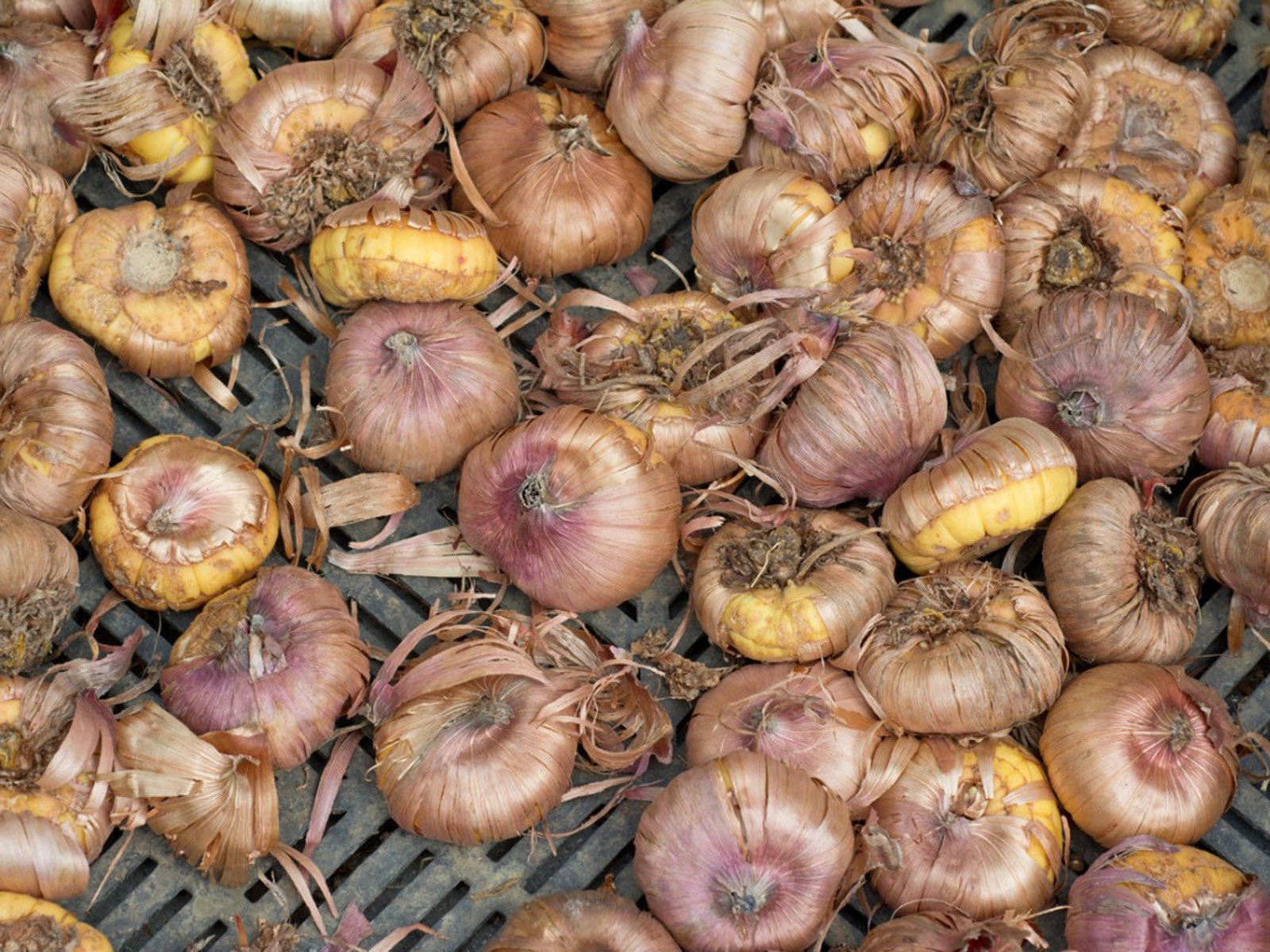

Gladiolus plants grow from large, flattened bulbs called corms. One major disease of these flowering plants is called scab. Scab on gladiolus is caused by the bacterium Pseudomonas syringae and it attacks the gladiolus corms. If you have gladiolus plants with scab, you’ll want to learn more about this condition.
Read on for information about recognizing, preventing, and controlling gladiolus scab.
Scab on Gladiolus
How do you know if you have gladiolus plants with scab? The initial symptoms are small dots on lower leaves. These develop into round, water-soaked spots initially a pale-yellow shade. Over time they darken to black or brown.
Scab on gladiolus has entered the second stage of the disease when the shallow lesions look sunken, with raised margins that have the texture of scabs. These enlarge and grow together forming large areas of disease.
The diseased spots exude a gummy yellow brown substance. In late stages, scab causes rotting of the neck or the base of the plants. All gladiolus plants with scab look unattractive and sickly and those most affected will die.
Controlling Gladiolus Scab
In order to start preventing or controlling this disease, you need to understand it. The bacteria will form on corms then overwinter in the soil. They can last in both locations for up to two years, which makes controlling gladiolus scab more difficult.
Some types of situations make scab more likely. For instance, you’ll see more scab on gladiolas in rainy weather, when the soil is wet and the weather warm. Heavy application of nitrogen fertilizer also encourages the bacteria to grow.
Gardening tips, videos, info and more delivered right to your inbox!
Sign up for the Gardening Know How newsletter today and receive a free copy of our e-book "How to Grow Delicious Tomatoes".
Gladiolus Scab Treatment
The best gladiolus scab treatment involves monitoring and care of the corms. Inspect the corms carefully before you plant them. If they appear to be infected, do not put them in your garden soil. Check the corms again when you take them out of the soil for winter storage. Dry them well before storing them in a cool, well-ventilated spot.
Any injury to the corm increases your plant’s chances of needing gladiolus scab treatment. Look out for bulb mites, grubs, and wireworms in the soil and deal with them if they do appear. Use only sterilized pruning tools and only prune during dry weather to avoid spreading the bacterial.
Finally, rotate gladiolus planting beds. Never plant these flowers in the same place more than a few years in a row.

Teo Spengler is a master gardener and a docent at the San Francisco Botanical Garden, where she hosts public tours. She has studied horticulture and written about nature, trees, plants, and gardening for more than two decades. Her extended family includes some 30 houseplants and hundreds of outdoor plants, including 250 trees, which are her main passion. Spengler currently splits her life between San Francisco and the French Basque Country, though she was raised in Alaska, giving her experience of gardening in a range of climates.
-
 Try The Trend – Turn Any Bed Into A Keyhole Garden With This Clever In-Ground Composter
Try The Trend – Turn Any Bed Into A Keyhole Garden With This Clever In-Ground ComposterKeyhole gardening is an efficient and sustainable practice that saves space. Get started on this DIY project quickly and easily with an in-ground composter.
By Bonnie L. Grant
-
 4 Superfast Composting Methods: Turn Waste Into Garden Gold In 30 Days Or Less
4 Superfast Composting Methods: Turn Waste Into Garden Gold In 30 Days Or LessTry the fastest composting methods to turbocharge your pile and transform kitchen scraps and garden waste into finished compost in just a few weeks.
By Mary Ellen Ellis
-
Gladioli Mosaic Virus – Managing Symptoms Of Gladiolus Mosaic
Gladiolus blooms are featured in many cutting gardens for mid-summer bouquets. When issues like mosaic occur, this can naturally be alarming. Good cultural control can help prevent mosaic virus in gladiolus. Learn more in this article.
By Susan Albert
-
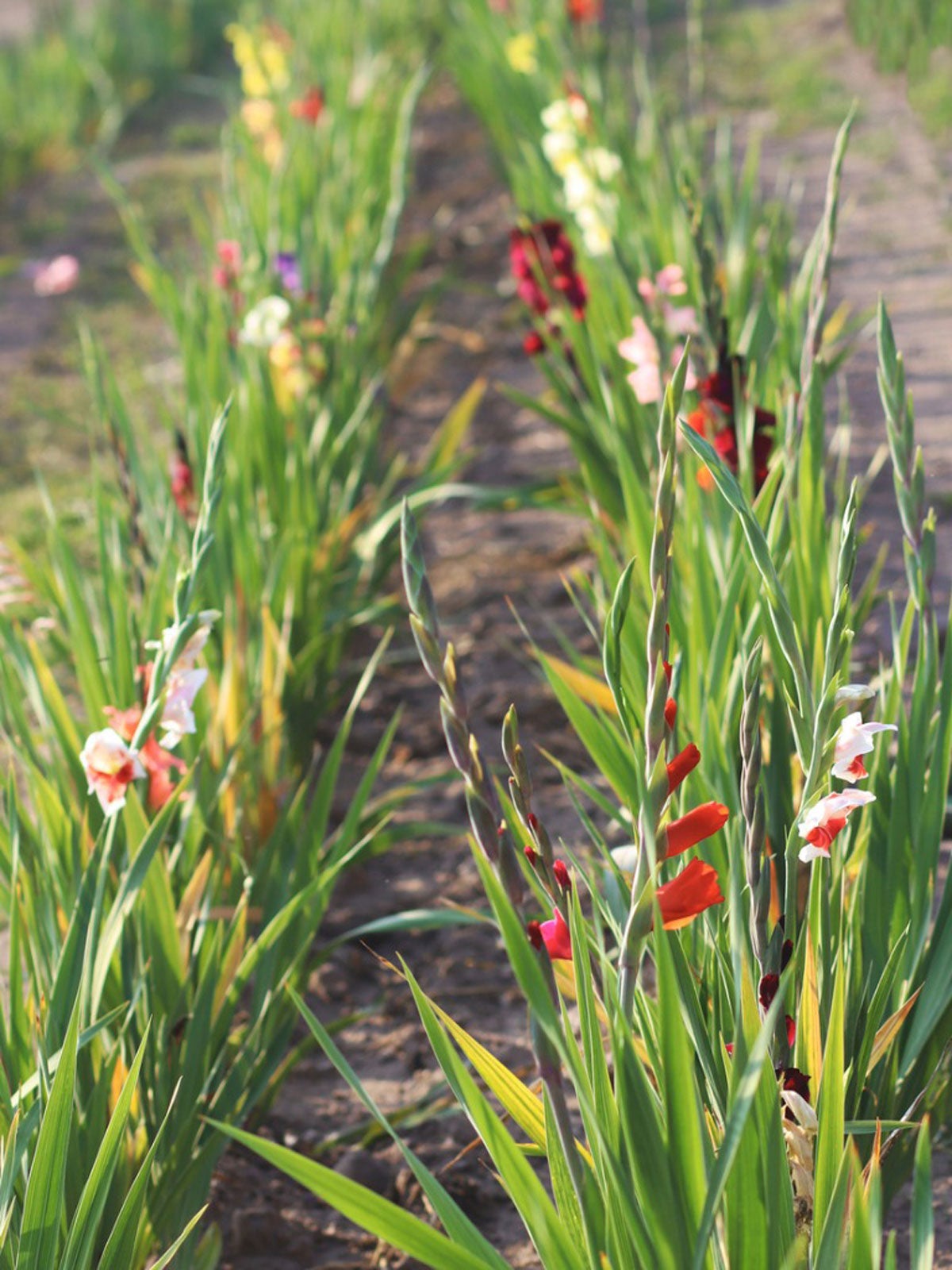 Botrytis On Gladiolus Plants: How To Control Gladiolus Botrytis Blight
Botrytis On Gladiolus Plants: How To Control Gladiolus Botrytis BlightGladiolus botrytis diseases are not uncommon, so knowing the signs and how to manage them is important. Learn about gladiolus blight here.
By Mary Ellen Ellis
-
Treating Glads With Fusarium: How To Control Gladiolus Fusarium Rot
If the corms of your unplanted glads appear discolored and unhealthy, they may be infected with gladiolus fusarium rot. Learn more about fusarium wilt and rot on gladiolus plants in this article to see if your corms can be saved.
By Becca Badgett
-
Gladiolus Leaf Diseases: What Causes Leaf Spots On Gladiolus Plants
When kept healthy and disease free, gladiolus plants will return year after year. Issues like gladiolus leaf spot, however, may cause decline of your plants. Becoming familiar with the signs of gladiolus leaf diseases is important in preventing spread. Learn more here.
By Tonya Barnett
-
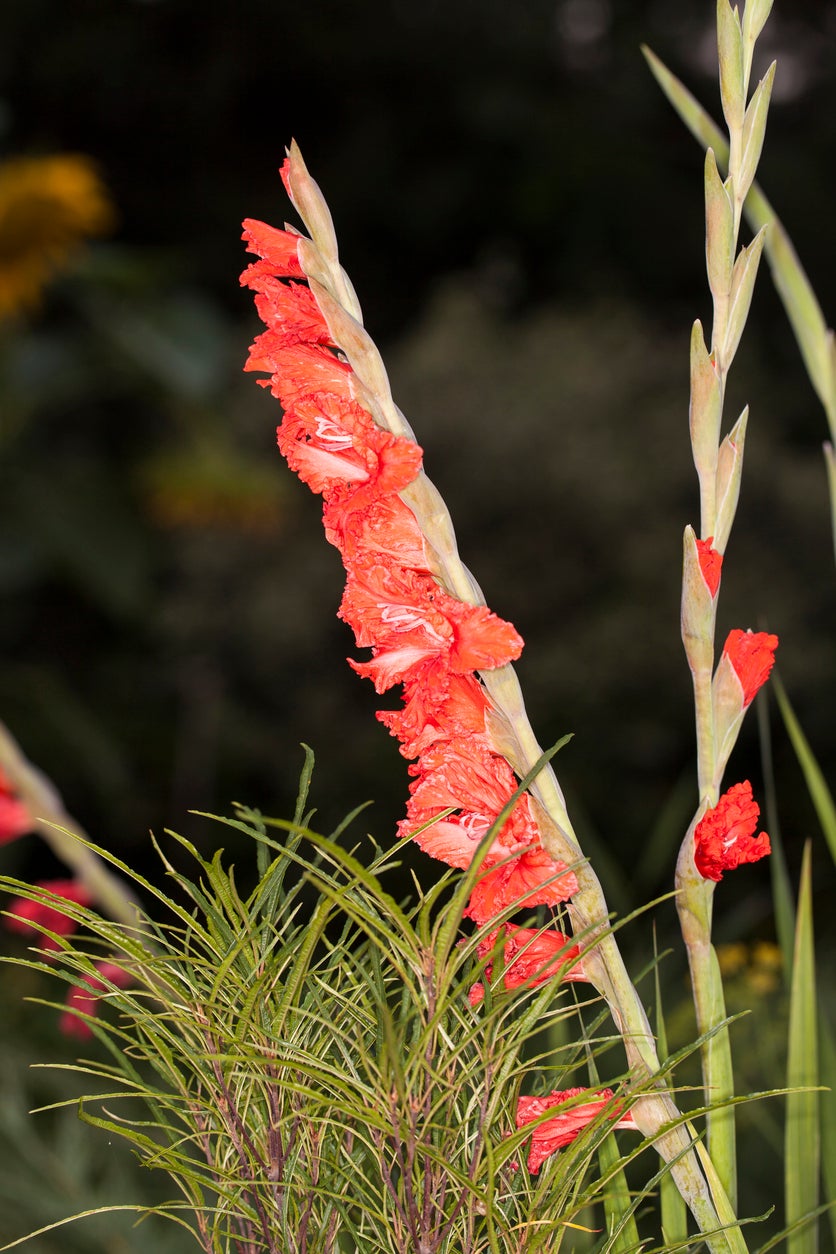 Is Your Gladiolus Falling Over – How To Stake Glads In The Garden
Is Your Gladiolus Falling Over – How To Stake Glads In The GardenGrowing glads is so simple, but sometimes the tall gladiolus falling over in the garden can be troublesome, if not unattractive. Luckily, with a little added support, this can be easily remedied. Click this article for additional information.
By Mary H. Dyer
-
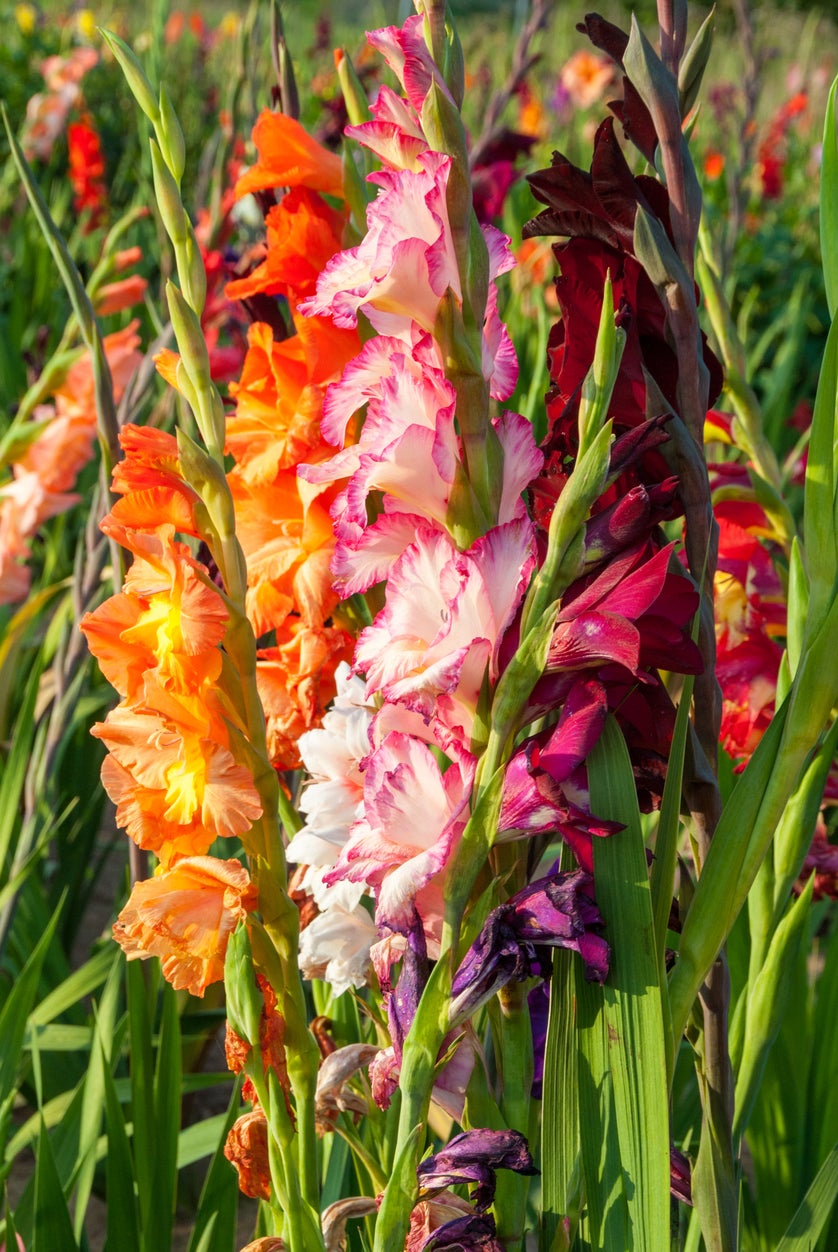 Gladiolus Are Falling Over – Learn About Staking Gladiolus Plants
Gladiolus Are Falling Over – Learn About Staking Gladiolus PlantsProlific bloomers they are, but gladiolus plants falling over is not uncommon. Staking gladiolus plants will keep their brightly colored heads from dipping or breaking, and there are any number of items that can be used as gladiolus plant stakes. Learn more here.
By Amy Grant
-
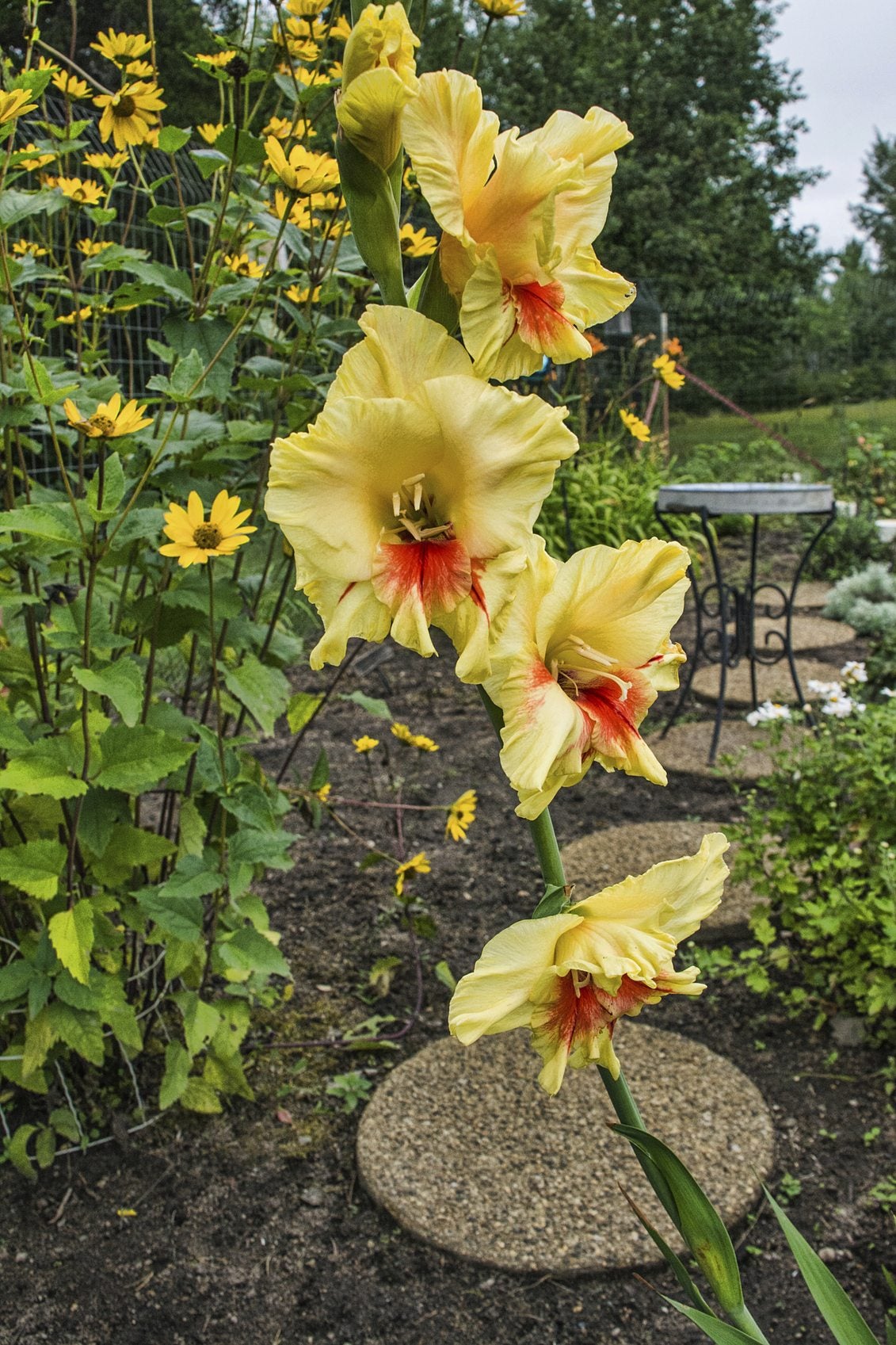 Companion Planting With Gladiolus: Plants That Grow Well With Gladiolus
Companion Planting With Gladiolus: Plants That Grow Well With GladiolusAs well as bouquets, gladiolus looks amazing in flower beds and along garden borders. But what are some good companion plants for gladiolus? Click this article to learn more about plants that grow well with gladiolus.
By Liz Baessler
-
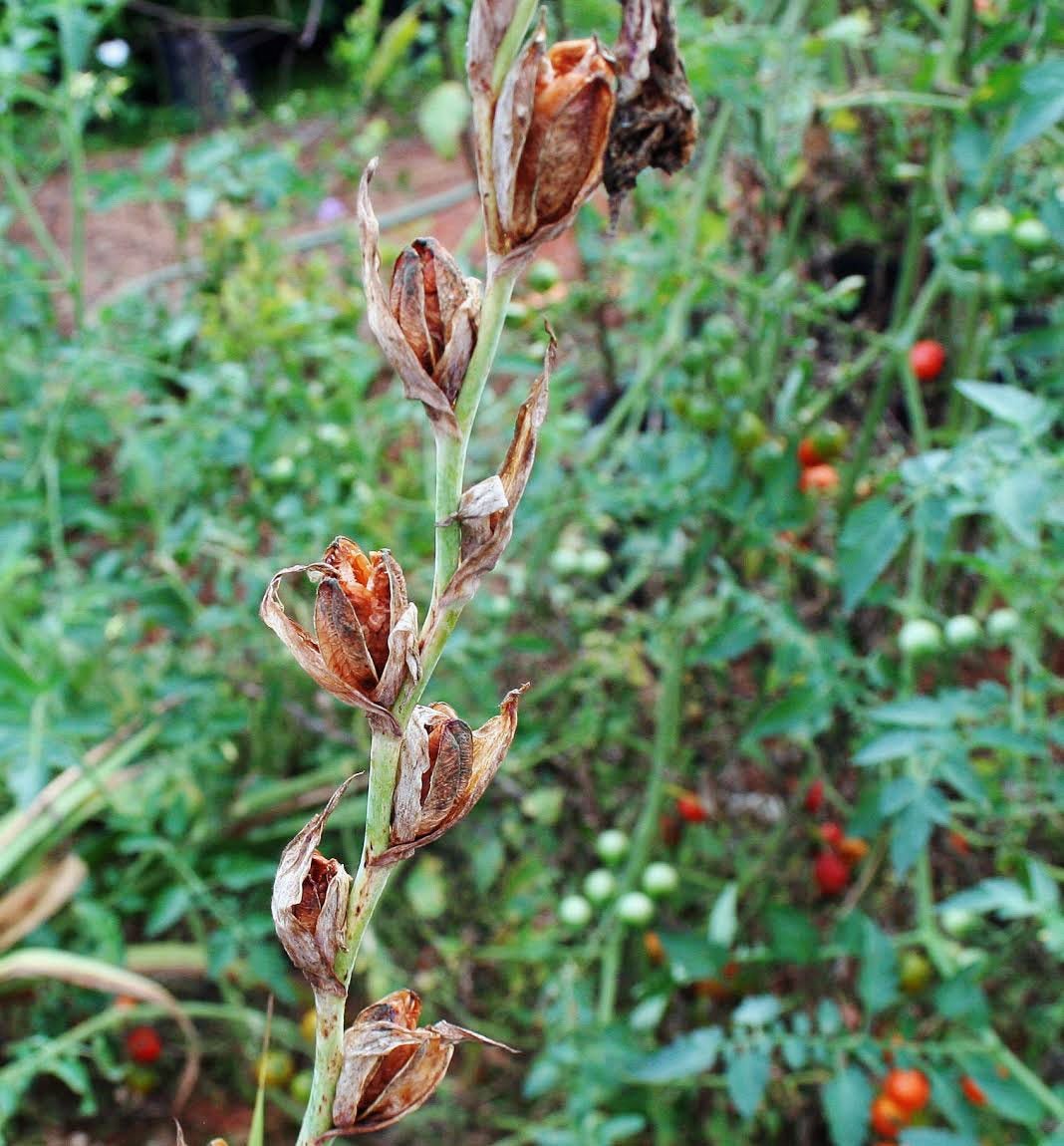 Gladiolus Seed Pods: Harvesting Gladiolus Seeds For Planting
Gladiolus Seed Pods: Harvesting Gladiolus Seeds For PlantingYou can try saving gladiolus seeds to preserve a favorite variety and share it with other gardeners. It's easy to do, but the flowers are a long time coming. This article will provide more information about harvesting these pods on gladiolus.
By Bonnie L. Grant